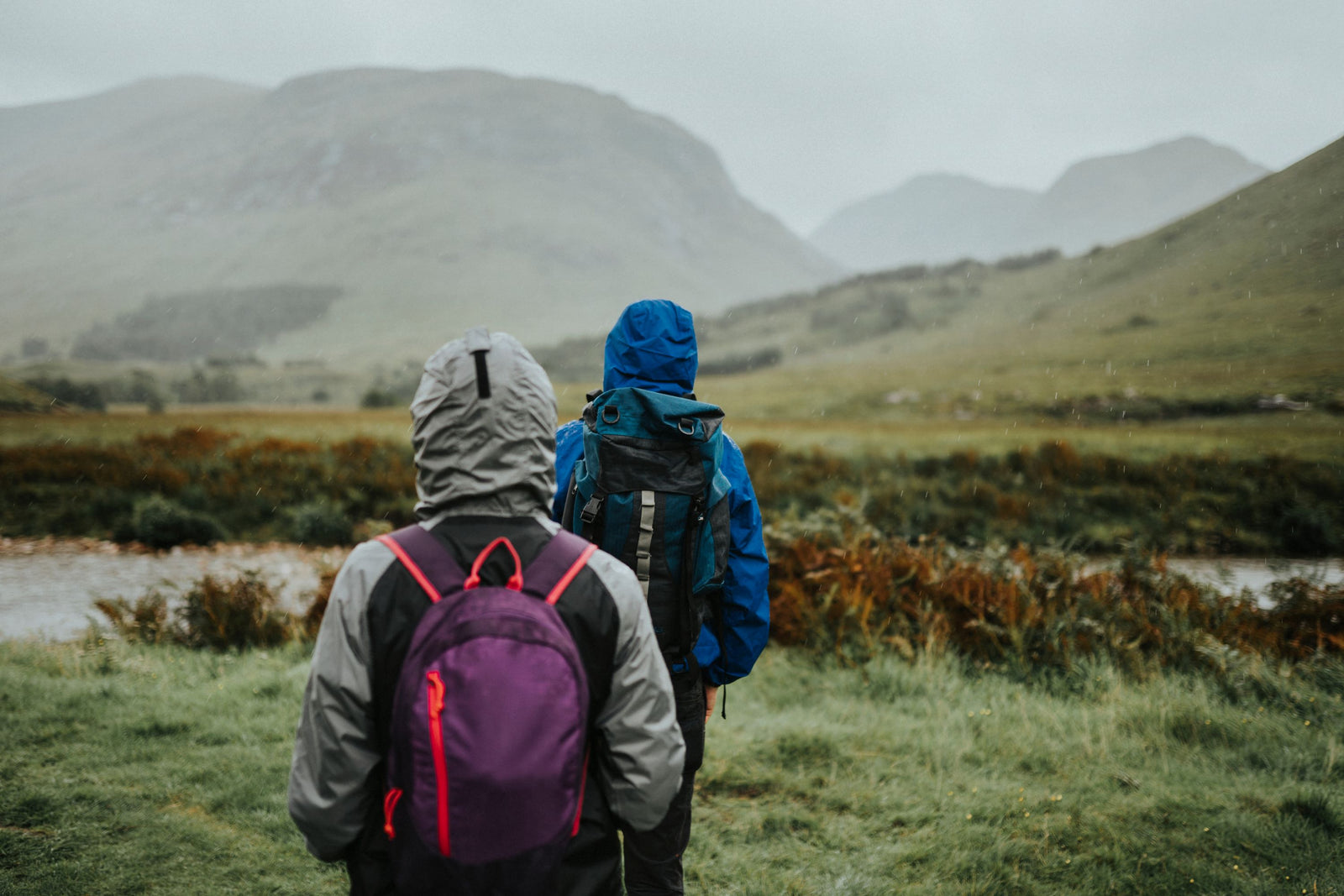As outdoor enthusiasts, we rely heavily on waterproof gear to keep us dry and comfortable in harsh weather conditions. However, in recent years, concerns about the use of PFAS (Per- and polyfluoroalkyl substances) in waterproofing treatments have emerged. PFAS, often referred to as "forever chemicals," have been linked to environmental and health concerns. With many outdoor brands moving away from PFAS-based treatments, it's essential to understand how to waterproof your gear using safer, eco-friendly methods. Here’s a guide to waterproofing your rain jackets and outdoor gear in a post-PFAS world.
1. Use PFAS-Free Durable Water Repellent (DWR) Treatments

One of the most common ways to restore the waterproofing on your outdoor gear is by applying a DWR coating. Historically, many DWR treatments contained PFAS. However, brands like Patagonia, The North Face, and Nikwax now offer PFAS-free options. These new-generation DWRs use non-toxic, biodegradable ingredients to provide effective water repellency without harming the environment.
To apply a DWR treatment, clean your jacket first, then spray or wash-in the DWR solution according to the product’s instructions. The water will bead up on the fabric again, keeping you dry during your outdoor adventures. Explore Nikwax products.
2. Wash and Reactivate Your Gear's Existing DWR

Many waterproof jackets come pre-treated with a DWR coating. Over time, this coating can wear off due to regular use. Before reapplying any treatment, it’s a good idea to try reactivating the existing DWR by simply washing the jacket and then heat-treating it. Most waterproof fabrics are heat-reactive, so tumble-drying your jacket on low or medium heat can bring back its water-repellent qualities.
Be sure to use a technical wash designed for waterproof garments, like Nikwax Tech Wash or Granger’s Performance Wash, to avoid damaging the fabric. Once washed and dried, check to see if the water beads on the surface again before considering further treatments.
3. Apply Wax-Based Treatments for Gear Like Backpacks and Tents

For items like canvas backpacks, tents, or certain types of outerwear, wax-based waterproofing treatments are a great PFAS-free option. Wax-based treatments are durable, eco-friendly, and offer excellent protection from rain.
To apply wax, rub the product evenly across the fabric and use a heat source (like an iron or hairdryer) to melt the wax into the material. This method is long-lasting and can be reapplied as needed. Explore Fjällräven wax products.
4. Opt for Natural Oils for Leather and Footwear
When it comes to waterproofing leather boots, jackets, or gloves, natural oils and waxes are a great alternative to synthetic waterproofing chemicals. Products like beeswax, mink oil, and lanolin are commonly used to protect leather from moisture. These natural oils condition the leather while creating a water-resistant barrier, making them an excellent option for both performance and sustainability.
Apply the product to clean, dry leather, and work it into the material using a cloth. Over time, reapply as necessary to maintain waterproofing.
5. Eco-Friendly Waterproofing Products to Look For
With the rise in PFAS-free waterproofing solutions, several eco-friendly products are now available. These products focus on maintaining performance while reducing environmental impact. Some notable brands include:
- Nikwax – Known for their water-based, non-toxic treatments for jackets, tents, and shoes.
- Granger’s – Offers PFAS-free sprays and wash-in waterproofing treatments.
- Fjällräven Greenland Wax – A great natural alternative for canvas and outdoor fabrics.
Conclusion
As more outdoor brands move away from PFAS chemicals, eco-friendly waterproofing solutions are becoming the norm. Whether you’re using PFAS-free DWR, wax treatments, or natural oils, there are plenty of options available to keep your outdoor gear performing at its best without harming the environment. By choosing these sustainable methods, you can keep your jackets, tents, and footwear dry while reducing your impact on the planet.
For more information on eco-friendly waterproofing products, check out these resources:

